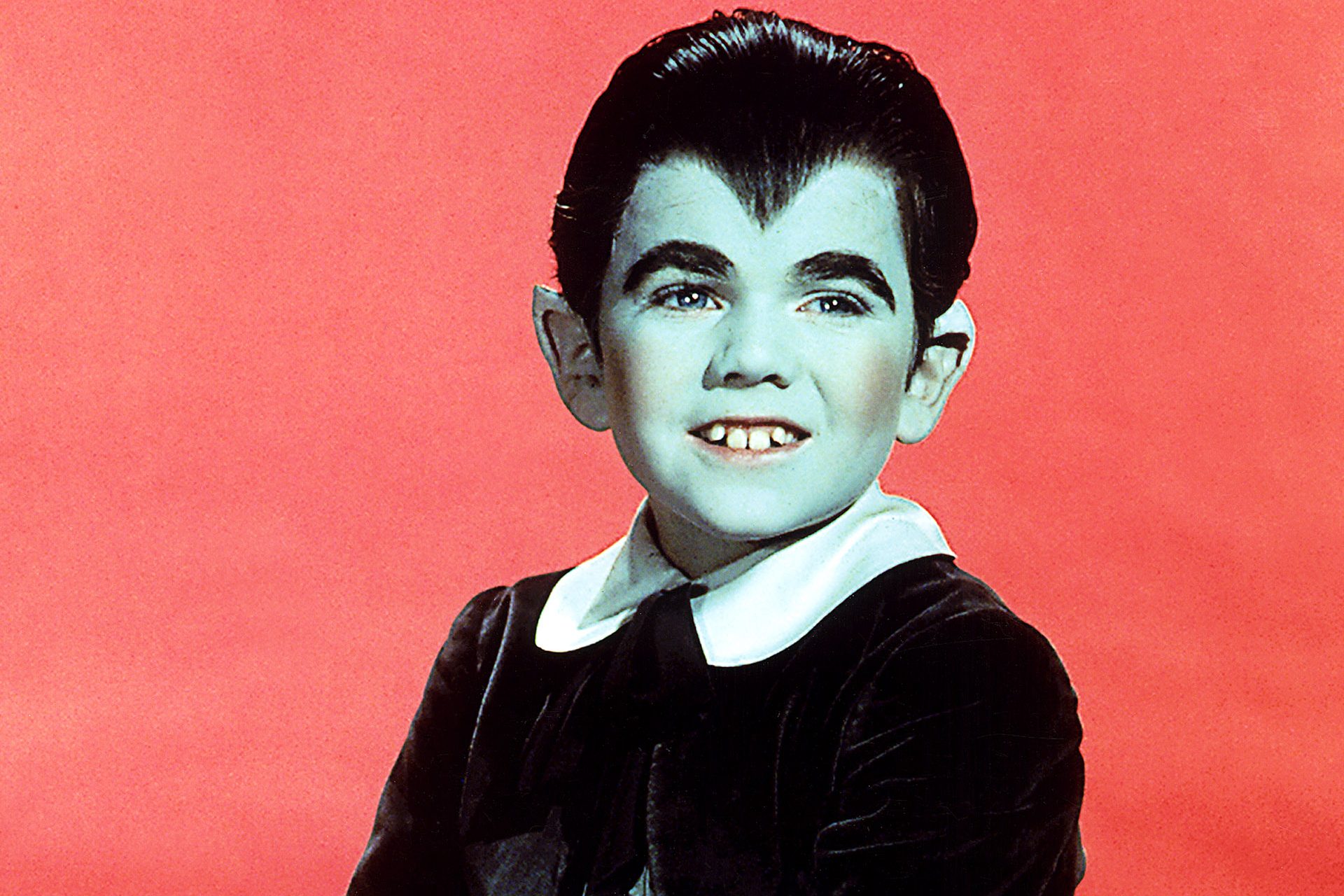Trypophobia: why did Doja Cat's dress make people physically ill?
In January 2023, Paris celebrated Haute Couture Week around the biggest luxury houses. And like every Fashion Week, the celebrities invited to the fashion shows tried to stand out, by making a special effort in their outfits. But this year, one of them didn't go unnoticed at all... and her look even caused an anxiety disorder in many people!
It was the singer Doja Cat who appeared in this red dress covered in crystals, to say the least original, at the Schiaparelli fashion show. To present the spring-summer 2023 collection, the artistic director of the fashion house, Daniel Roseberry was inspired by Dante's "Inferno". With her look reminiscent of the color of the devil, the American star was therefore completely in the theme. But she probably hadn't imagined that it would cause real anxiety in some people!
To transform the singer into a true science fiction creature, her makeup artist Pat McGrath revealed that it took exactly 4:58. She first made a body and a face painting of the same color as the singer's dress. Her hair was then covered by a plastic film taking the shape of her skull. Then, to recall the pearls of the dress, 30,000 red Swarovski crystals were glued to the bust, arms, face, and skull of Doja Cat.
And it is precisely these little red crystals that have caused a problem for many Internet users: trypophobia!
People suffering from trypophobia have an irrational fear of groups of small holes and close geometric shapes. Identified for the first time in 2005, this fear is little known, but it nevertheless affects 15% of the population.
Trypophobia can manifest to different degrees in different individuals. It can cause feelings of anxiety, headaches, tremors, nausea, chills, or even tachycardia.
Attention, the following images are likely to create anxiety in trypophobic people.
Can you see how one could be afraid of a single flower? The seeds in the center of the lotus flower can be phobic. Their vision can cause strong anxiety in people with trypophobia.
The small bubbles formed by soap suds can also cause irrational fear and anxiety to trypophobes.
The image of a honeycomb is very difficult for a person suffering from trypophobia to look at. Also, if you're afraid of bees, and therefore apiphobic, you might hate this photo too!
The small holes in a sponge are another example of images that can generate anxiety and other symptoms in trypophobes.
Here is another phobic image in which you can see hundreds of safety pins covering a table.
The bark of tree trunks can also be a source of anxiety for individuals with trypophobia.
According to a study conducted by Tom Kupfer, a psychology researcher at the University of Kent, trypophobia is an exaggerated anxiety reaction linked to infectious and parasitic diseases. Indeed, the symptoms of diseases such as smallpox, scabies, measles, rubella, or scarlet fever, for example, often appear as round shapes on the skin, similar to the clusters of geometric shapes that cause fear in people with trypophobia.
Older studies conducted by researchers at the University of Essex indicate that trypophobia is linked to a reflex of flight and protection inherited from our ancestors. The clusters of circles could recall the skin of venomous and dangerous animals, such as snakes.
According to other scientists, trypophobia comes from visual discomfort. Processing geometric patterns would require great cerebral oxygenation, but in trypophobes, this processing of the brain would lead to visual fatigue and headaches.
Like other phobias, the fear of holes can be cured. There are several methods to overcome it. People suffering from this phobia can follow cognitive-behavioral therapies, which confront them with the objects of their fear and allow them to gradually overcome this phobia. Hypnosis can also be effective. Thanks to this gentler therapy, the patient can learn mental relaxation techniques which will then allow him to manage his anxieties.



























